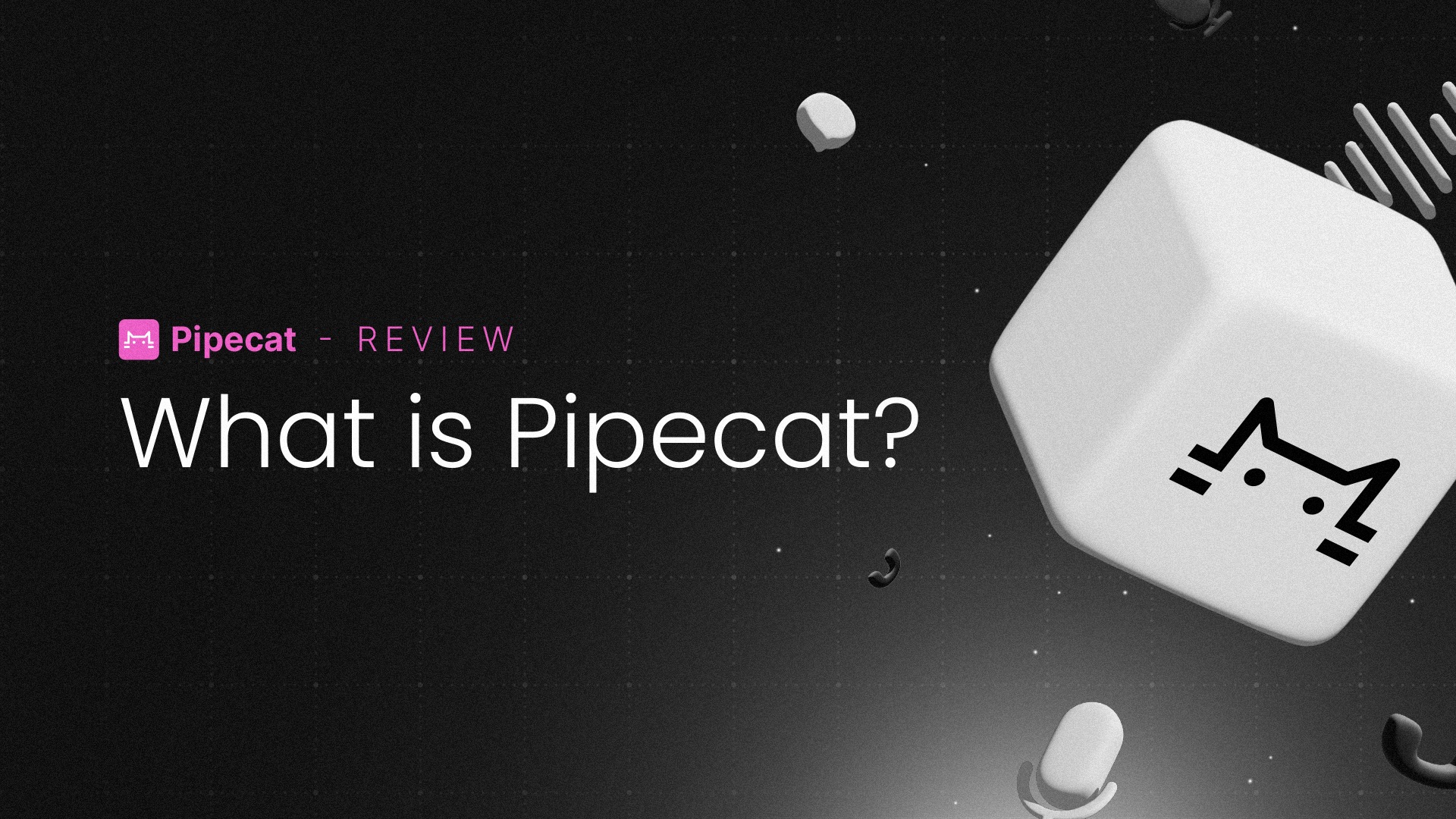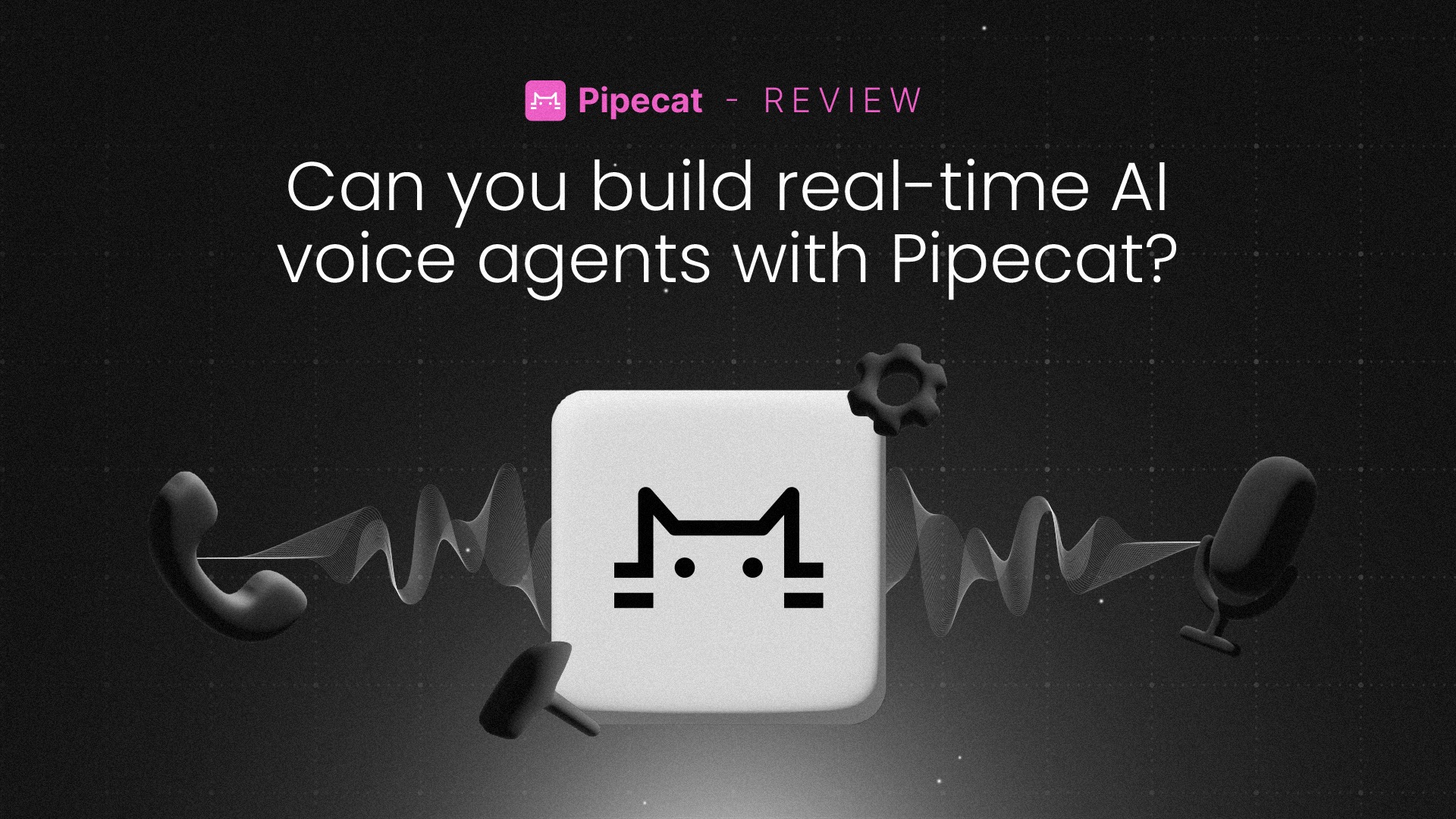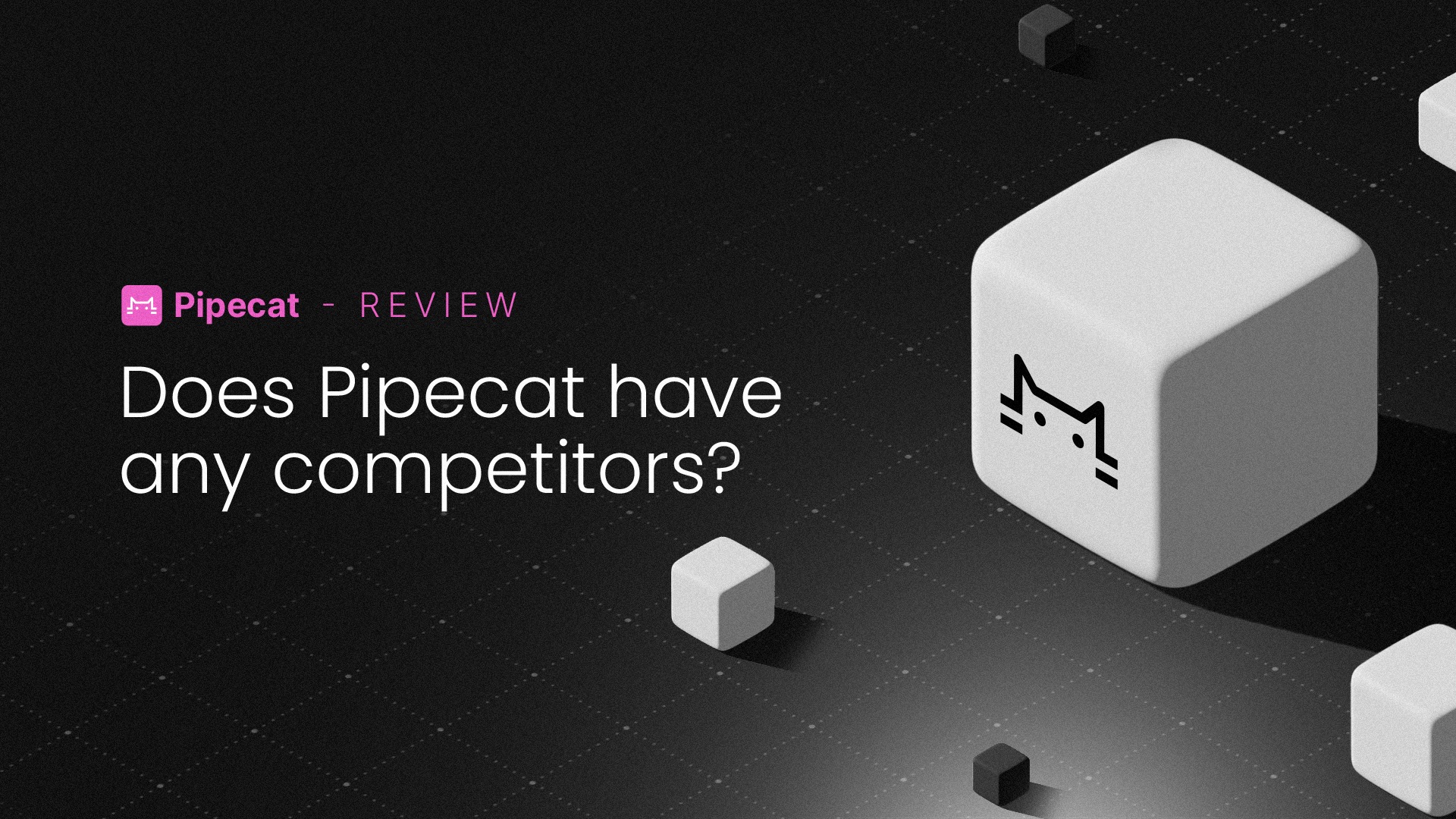Pipecat is a free, open source Python framework for building real-time AI voice applications and conversational AI agents.
What is Pipecat?

Pipecat is an open source Python framework for building real-time AI voice applications and conversational AI agents. It provides developers with the necessary tools to build multimodal interactions by combining voice, audio processing, and image output. As an open-source framework, Pipecat allows for extensive customization, making it an ideal choice for enterprises that require complex orchestration of AI services.
At its core, Pipecat helps developers build voice applications, like AI voice assistants, that leverage real-time media transport and network transport for the best audio experiences for end customers. Features include transcription services and video frames which combine voice TTS technology from providers like Neuphonic, to drive AI-first customer interactions and automation processes.
Is Pipecat open source or a closed platform?
Pipecat is fully open source, allowing businesses and developers to access its code, modify functionalities, and integrate it into their AI workflows. Unlike proprietary or closed platforms that impose limitations, Pipecat’s open-source Python framework provides complete control over AI pipelines, including audio processing, multimodal interactions, and transition callbacks for dynamic voice agents.
One of the biggest advantages of Pipecat’s open-source framework is its flexibility in handling subscription profiles, ensuring that enterprises can tailor their AI models to specific business needs. With a thriving developer community, including over 600 forks and 5,000 stars on GitHub, Pipecat continues to evolve, offering cutting-edge solutions for AI voice automation.
Can you build real-time AI voice agents with Pipecat?

Yes, Pipecat is specifically designed for real-time AI voice communication. The framework’s real-time media transport capabilities ensure that voice interactions are natural and responsive. Developers can leverage Pipecat flows to define how AI voice agents interact with users, integrating features such as transcription services and network transport for seamless communication.
Neuphonic is one of only a few supported text-to-speech partners live on Pipecat. Neuphonic’s main advantage over other TTS providers is that it provides one of the smallest models, allowing for low latency, high concurrency and super realistic human-sounding voices.
Other key features on Pipecat for the creation of AI voice agents include flexible integrations with platforms like OpenAI, robust pipeline architecture with reusable components, fluid interactions with real-time processing and enterprise-grade WebRTC and Websocket support.
Companies that benefit by using Pipecat’s framework
There are many types of companies in various industries that can benefit from Pipecat’s powerful AI voice agent capabilities, including:
-
Customer Service & Support: Automate voice-based customer interactions with AI agents that process speech in real time
-
Healthcare & Telemedicine: Implement AI-driven patient assistance through transcription services and voice-guided consultations
-
Finance & Banking: Enhance security and efficiency with AI voice authentication and automated account assistance
-
Retail & E-commerce: Improve customer engagement with AI-powered voice assistants for product inquiries and order tracking
-
Enterprise Communication: Streamline company workflows with AI-driven daily meetings and voice-enabled scheduling systems
-
Media & Content Creation: Utilize Pipecat’s video frame and image output processing for advanced AI-generated media content
Pipecat pricing
As an open-source framework, Pipecat itself is free to use. However, businesses may incur additional costs related to hosting, scaling, and additional AI service integrations, for example if you need a transcription service. Businesses can choose to self-host Pipecat or leverage cloud-based solutions for easier deployment.
For organizations requiring enterprise support, some developers and third-party vendors offer customized Pipecat solutions with enhanced features, security, and dedicated assistance. Pricing structures vary based on usage, infrastructure requirements, and the complexity of AI implementations.
Does Pipecat have any competitors?

Pipecat competes with several AI voice platforms, both open-source and proprietary, including:
-
Lindy: Lindy voice agents offers a more user-friendly user interface for non-developers. Lindy also offers agents that can update your CRM, do follow-up calls, manage tasks, assist with sales pipeline, enable compliance and schedule meetings
-
Synthflow: Synthflow competes on cost with Vapi, offering a flat-pricing business model at $0.13 per minute. For this you get ElevenLabs integration included as well as transcription and high concurrency
-
LiveKit: LiveKit is built on WebRTC and allows businesses to build realtime video and audio communication solutions. LiveKit also has a free tier which offers 100 concurrent participants and 5,000 connection minutes per month but paid plans for more concurrency and minutes start from $50 per month. Read our LiveKit review now to find out more
-
Retell: Retell AI ensures compliance with industry standards like HIPAA and SOC 2 Type II and allows for single and multi prompt AI voice agents with support for custom LLMs and 19 languages
-
Vapi: Vapi is an AI voice agent platform providing human-sounding voice agents to deal with inbound and outbound phone calls, popular with customer service businesses with prices starting from $0.05 per minute, although there is a free trial plan for testing. Read our Vapi review here
-
Vocode: Vocode is another open-source voice AI platform that builds voice agents on top of LLMs. However it is more difficult to use for non-technical users
While proprietary solutions may offer convenience, Pipecat remains a powerful alternative for companies building voice agents that require full control over their AI voice agent infrastructure and workflows.
Should I use Pipecat for my applications?
If your business requires a highly flexible and scalable AI voice solution, Pipecat is an excellent choice. Its open-source framework allows for deep customization, making it suitable for enterprises with specific voice AI needs.
Whether you’re looking to automate customer service, enhance enterprise communication, or integrate AI voice capabilities into your applications, Pipecat provides the necessary tools for success. With continuous improvements and an engaged community, it remains one of the best open-source AI voice agents available in 2025.
It’s super easy to get started. You can run Pipecat on your local machine and then move your AI processes to the cloud once you’re ready to scale.



![7 Best Use Cases for AI Voice Agents [2025 Guide] thumbnail](/_image?href=%2F_astro%2Fbest-use-cases-ai-voice-agents.nEE7S11X.jpg&w=1600&h=900&f=webp)